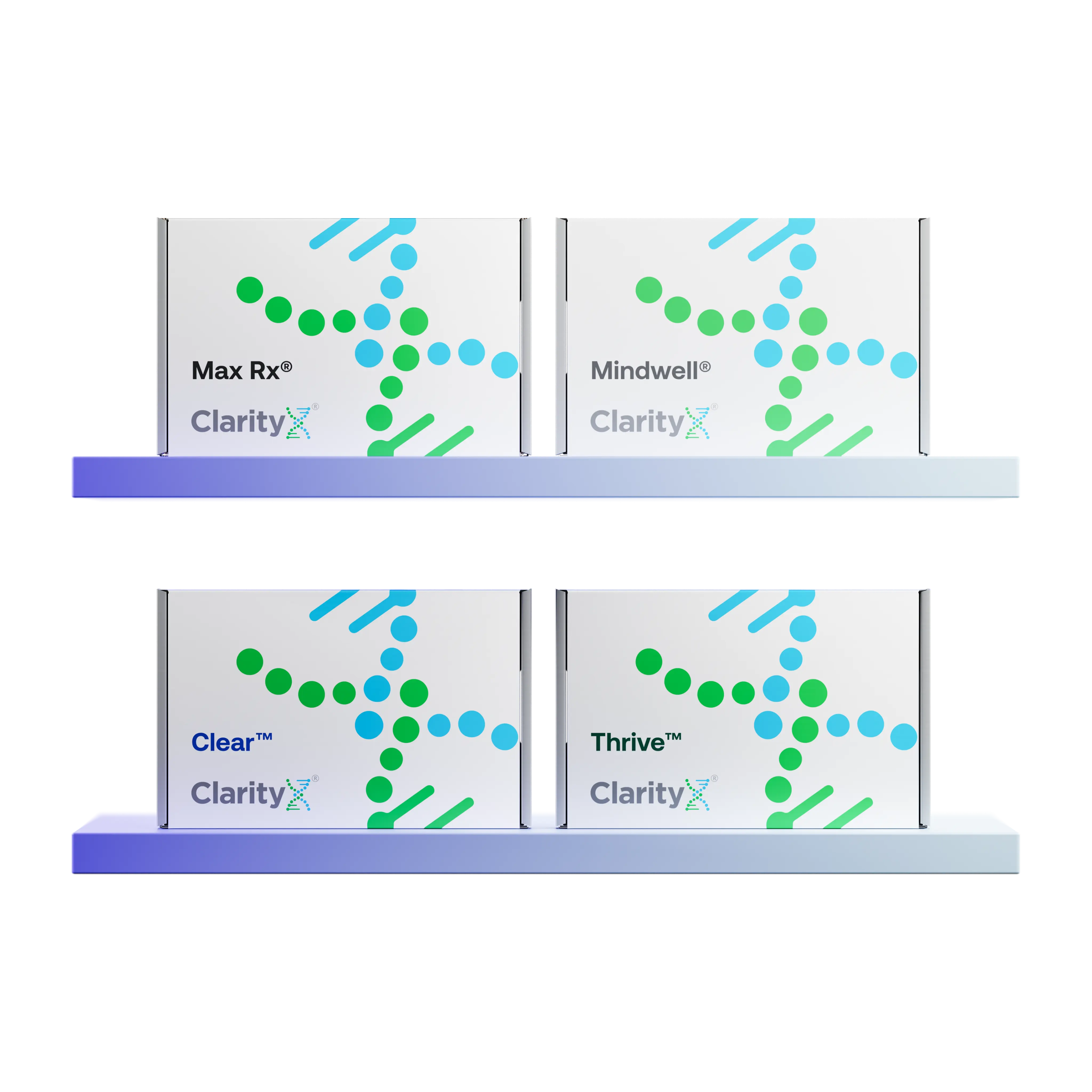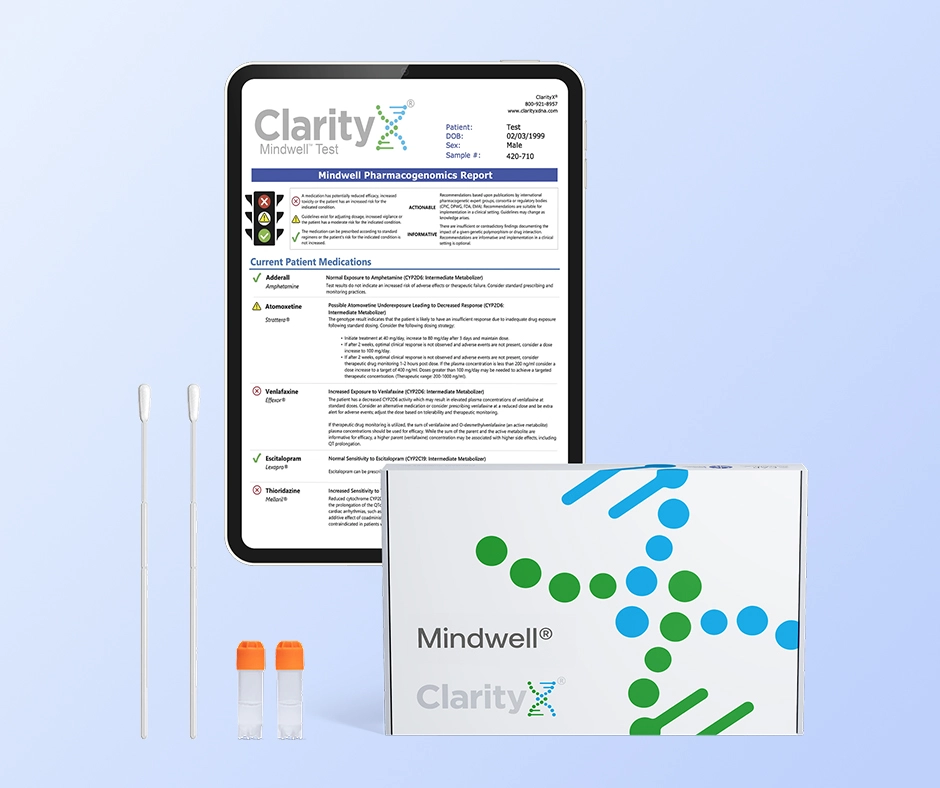Key Highlights
- Zonisamide is an anticonvulsant medication that helps treat certain types of seizures.
- While some effects may be apparent within a day or two, it usually takes a few weeks to determine how well zonisamide is working for reducing seizures.
- Factors like metabolism, dosage, and other medications can influence how safe and effective zonisamide is likely to be.
- Maintaining good communication with healthcare providers is crucial throughout treatment.
Introduction
Zonisamide is an anticonvulsant medication used to treat epilepsy, a condition characterized by recurrent seizures due to abnormal electrical activity in the brain. Zonisamide assists in managing these electrical signals, which is crucial for controlling seizures.
Understanding Zonisamide
Zonisamide is a prescription medication that is part of a group called anticonvulsants or antiepileptic drugs (AEDs). It is often used alone or combined with other medications to help control partial seizures. Zonisamide does not cure epilepsy, but it can reduce the frequency and severity of seizures. This helps improve the quality of life for those living with epilepsy.
Overview of Zonisamide as a Medication
Zonisamide can be considered unique among anti-epileptics. It belongs to a group of medications called sulfonamides, which typically help inhibit the growth of bacteria. However, zonisamide differs from other sulfonamides as it targets the nervous system, halting the abnormal electrical activity in the brain that leads to seizures.
Common Uses of Zonisamide in Treatment
Zonisamide is commonly used to manage partial seizures, also known as focal seizures. These seizures begin in a specific area of the brain, and the symptoms can vary depending on the location. Zonisamide helps reduce the abnormal electrical activity in those regions, reducing the frequency of partial seizures. Generally, zonisamide is often recommended for treatment-resistant focal epilepsy when initial monotherapy (e.g., levetiracetam) has failed.
Zonisamide is also sometimes recommended for myoclonic seizures (involving quick, involuntary muscle jerks or spasms) and infantile spasms.
Zonisamide Mechanism of Action
Zonisamide mainly works by controlling specific ion channels in the brain. These channels are important for releasing neurotransmitters, the chemical messengers that help nerve cells send signals and communicate. Seizures can occur when signals are sent too rapidly, almost as if the brain becomes overloaded. Medications like zonisamide help regulate how often these signals are sent.
How Zonisamide Affects the Brain
Zonisamide affects brain activity by focusing on voltage-dependent sodium and T-type calcium channels located on nerve cells. These channels are important for managing the release of neurotransmitters, which are responsible for sending signals further down the neuron chain.
As a signal travels along a neuron, it does so in the form of an electrical impulse. As neurons become more excitable, there is a higher risk of sending too many electrical impulses. This unusual electrical activity can cause seizures.
By mediating how quickly these nerve signals are sent, zonisamide can help reduce the excitability of neurons and raise the seizure threshold, reducing the frequency of seizures.
The Role of Zonisamide in Seizure Prevention
Zonisamide helps prevent seizures by raising the seizure threshold. This means it takes more electrical activity to cause a seizure, and the brain is less likely to react to unusual signals that could lead to one.
Zonisamide alters the firing of neurons. Normally, seizures cause a large number of neurons to fire simultaneously. Zonisamide may help prevent this from occurring. It helps maintain a more stable electrical state in the brain by blocking the surge of abnormal electrical activity.
Timeline for Zonisamide to Take Effect
The time it takes for Zonisamide to show results can vary from person to person. Some individuals may notice a reduction in seizures or less intense seizures soon after starting the medication, while others might require more time to experience the full benefits of the treatment.
It's important to know that Zonisamide works gradually. The body needs time to get used to the medication and create a steady state, which means keeping consistent levels in the blood. This process often involves slowly increasing the dose to reach the best therapeutic level. It takes about two weeks of consistent use for a new dose to reach a steady state in the body, so dosage adjustments are usually made after this time frame. Because of this, it may take weeks or months to reach the best dose for someone’s needs. Maintaining communication with healthcare providers is crucial throughout this process.
Immediate Effects vs. Full Benefits
Some people may notice fewer seizures soon after starting Zonisamide, but it usually takes time to monitor the full impact on seizure frequency over time. It’s important to think of zonisamide as a means of preventing seizures. It does not have an immediate effect. The effects don't happen immediately because Zonisamide needs time to reach a steady state in the body.
A steady state occurs when the drug's absorption and elimination are equal, maintaining stable levels in the bloodstream. Reaching this steady state is crucial for Zonisamide to function effectively.
Remember, Zonisamide is not intended for immediate relief during a seizure. If you or someone else experiences a seizure, you should seek immediate medical attention. When taken regularly, Zonisamide helps reduce the frequency and severity of seizures over time, thereby improving seizure control.
Factors Influencing How Quickly Zonisamide Works
The speed at which Zonisamide works can vary based on numerous personal factors. These factors include metabolism, genetics, age, and health conditions like reduced kidney function.
Kidney function is very important for how Zonisamide is handled and removed from the body. Individuals with reduced kidney function are likely to clear the medication more slowly. Because of this, a slower approach to increasing the dosage may be needed, along with more careful monitoring. This may impact how long it takes to find a dose that maximizes efficacy while limiting the risk of side effects.
Genetic factors may also impact how quickly (or slowly) zonisamide is processed in the body. The medication is primarily processed by CYP3A4 liver enzymes, so changes in enzyme activity can influence how quickly zonisamide is removed from the body.
Recommended Dosage of Zonisamide
For adults starting Zonisamide, a standard starting dose is often 100 mg each day. However, this can sometimes vary depending on factors like age or kidney function.
Because Zonisamide takes time to reach steady-state blood levels, dose increases are often recommended no sooner than two weeks after the initial dose. Dosage increases are often 100 mg at a time.
Long-term targets for maintenance doses of Zonisamide vary between individuals. It’s common to see total daily doses of zonisamide around 300 to 600 mg. Doses above 600 mg are not recommended due to an increased risk of side effects.
Tips for Taking Zonisamide Effectively
Zonisamide can be taken with or without food, but it is helpful to take it the same way each day to maintain consistent blood levels. Changes in diet may affect absorption rates, so some people choose to take it on an empty stomach to preserve consistency.
Drinking plenty of liquids is very important while using Zonisamide. Staying hydrated can help reduce the chance of getting kidney stones (a relatively rare but serious concern associated with Zonisamide use). Good hydration supports your kidneys and keeps you healthy.
Side Effects and Management
Many anti-epileptic medications are known for having narrow therapeutic windows. This means they must be closely monitored to ensure blood levels are high enough to be effective but not too high because it can cause dangerous side effects. Zonisamide is generally well-tolerated, but regular monitoring of blood levels is recommended to help ensure safety and efficacy.
Some common side effects of zonisamide include:
- Dizziness
- Drowsiness
- Loss of appetite
- Loss of muscle coordination
- Confusion
Although relatively rare, kidney stones have been associated with Zonisamide use.
Zonisamide is a sulfa medication, and allergic reactions have been reported.
Metabolic acidosis and mild neutropenia (low white blood cell count) have been reported. Routine monitoring of relevant blood levels is recommended.
Zonisamide is primarily metabolized by CYP3A4 enzyme activity in the liver. Some foods and medications can impact CYP3A4 activity and may change the safety or efficacy of Zonisamide. This includes foods like grapefruit and medications like ketoconazole and cyclosporine. It’s important to talk with your healthcare providers about all the products you take, both prescription and over-the-counter.
Managing Side Effects and When to Contact a Doctor
Some side effects may improve as your body adjusts to the medication. It’s also likely that you will be following up with your healthcare providers regularly to ensure blood levels are in a safe range and the risk of more dangerous side effects is being managed. If you notice a concerning change in how you feel, like lingering or worsening dizziness, drowsiness, or unintentional weight loss, reach out to your healthcare provider. This can help you determine whether a change in therapy is needed.
Conclusion
Seizure management often requires careful monitoring over time. Medications like zonisamide can help reduce the frequency of certain types of seizures, but it often takes several weeks or months to establish a consistent dose that maximizes efficacy while minimizing risk. Maintaining good communication with your healthcare providers is important to better receive the support you need when you need it.
Lastly when considering treatment options like Zonisamide your genetics can also play a vital role in determining which medications will be best suited for you. A simple test can help reduce the trial and error process associated with finding the right medication. Find out more by visiting www.clarityxdna.com
Frequently Asked Questions
How Long Before I See Improvements in Seizure Control?
Improvements in seizure frequency can vary significantly between individuals and depend on the adjustments made to the dosage. Some people might notice a change in just a few weeks, while others may take longer to observe a clear response. It is crucial to be patient and maintain open communication with your doctor.
Can Zonisamide Be Used for Conditions Other Than Seizures?
Zonisamide is mainly used for seizures. Its use in other conditions is not well-established, but it has been considered for individuals experiencing mania, neuropathic pain, or symptoms associated with Parkinson’s disease. Talking with a healthcare professional about your individual needs is critical.
Is Weight Loss a Common Side Effect of Zonisamide?
Zonisamide tends to reduce appetite, which may contribute to mild or moderate weight loss. In some instances where an adjunct anti-epileptic medication is needed, and initial monotherapy was associated with weight gain, zonisamide may help reduce weight gain when used as an add-on therapy.
How Should Zonisamide Be Stored?
Store Zonisamide at room temperature in a cool, dry place. Keep it away from direct sunlight and moisture. Proper storage is essential as it helps maintain the medication's stability and prevents it from breaking down before the expiration date.
What Should I Do If I Miss a Dose of Zonisamide?
If you forget to take a dose, take it as soon as you remember. However, if it’s nearly time for your next dose, skip the missed dose and resume your regular schedule with the next dose. Never double dose without consulting a healthcare professional, as this can lead to adverse effects.
References:
https://dailymed.nlm.nih.gov/dailymed/drugInfo.cfm?setid=ab0631ca-5339-4570-bc27-f1dd92de1d6f
https://www.neurores.org/index.php/neurores/article/view/356/344
https://www.ncbi.nlm.nih.gov/books/NBK507903/
https://www.ncbi.nlm.nih.gov/books/NBK564376/
https://pmc.ncbi.nlm.nih.gov/articles/PMC10759004/
https://pubmed.ncbi.nlm.nih.gov/17319920/
https://clarityxdna.com/blog/learn/beginners-guide-to-understacyp3a4-drug-metabolism/






